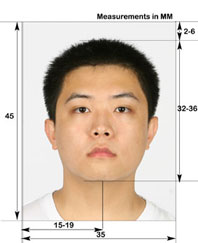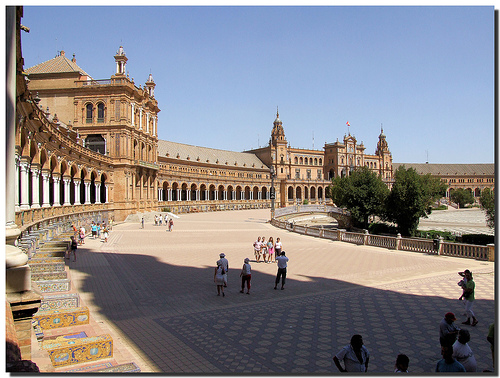Passports are among the most widely accepted forms of identification in the world. One of the reasons for this is that passports are given only after the background of the applicant has been thoroughly verified and his or her bona fides have been established. A key element of the passport as a means of identification is the passport photograph. Very few countries now accept black and white photos for passports and photographs are now starting to be be gathered by some countries in a digital form so that it can be used for computerized facial recognition. The digital photograph is validated against the actual appearance of the person either by a physical verification at the time the passport is collected, or through internal processes and interviews – the procedure varies from country to country but still always requires the validation against an actual passport photo..
While each country has its own conditions and specifications for the photographs to be used in its passports, the need for a clear and recognizable image of the passport holder means that certain basic requirements remain the same:
- The image should be front facing – photos showing profiles or taken from oblique angles are not accepted.
- The focus must be clear and sharp.
- The eyes should be open and the ears must be visible- they should not be covered by hair.
- Teeth should not be visible in the photographs as this will affect the biometric scanning and recognition of the photographs.
Biometrics is a technology that more and more countries are using to make, counterfeiting of passports almost impossible and to allow for automated authentication of the passports and recording of the passport holder’s arrivals and departures. A biometric passport is one that adds a remotely readable computer chip to the traditional passport booklet so that it becomes a kind of smartcard. The computer chip stores a great deal of information, but for identification purposes the most important is a digital image of the passport holder. Using this, digital image facial recognition software can be used to verify the identity of the person carrying the passport with a far greater degree of certainty than traditional visual comparison.
Children’s photos, especially those of infants are often difficult to take, but again, while specifications may vary according to the country in question, certain basic requirements are common.
- The baby or child should be clearly visible with the facial details clear.
- There should be no other objects in the photos –no toys, decorations or other people.
- The full face must be visible.
- Both eyes should be open. This condition may be relaxed for infants but is essential in the case of older children for the computerized facial recognition.
The basic passport photograph requirements for some countries are as follows:
- The United States: 2” x 2” Photos must be less than six months old. Headwear is only allowed id it is a religious requirement. The face must be completely exposed.
- Canada: 5cm x 7cm. Only photos on plain high quality photographic paper are acceptable. Heavy weight paper may not be used for printing photos
- Mexico: 2” x 2”. Four copies to be submitted and the background must be white or very lightly colored
- United Kingdom: 4.5cm x 3.5cm. No “red Eye” is permitted and the photos should not have nay folds or creases.
- Germany: 4.5cm x 3.5cm. The face and ears must be clearly seen.
- France: 4.5cm x 3.5cm. Skin tones must be natural and not changed for cosmetic purposes. Wearing of spectacles in the photos is not allowed.
- Italy: 4.5cm x 3.5cm
- Spain: 4cm x 3cm
- ·Russia: 4.5cm x 3.5cm. The head must occupy 75% of the total photo. No light should reflect off spectacles if they are worn in the photos.
- Turkey: 4.5cm x 3.5cm
- Netherlands: 4.5cm x 3.5cm. Teeth must not be visible in the photos.
- Australia: 4.5cm x 3.5cm. The photo should not be more that 6 months old.
- China: 4.8cm x 4.3cm
- Japan: 4.5cm x 3.5cm
- India: 3.5cm x 3.5cm
- Singapore: 4.5cm x 3.5cm. Eyes must be wide open. Background should be white unless your hair is of that color in which case a darker background may us used to make the hair visible.
- Korea: 4.5cm x3.5cm
- Brazil: 7cm x 5cm. The ears must be clearly visible and the face not covered.
Please note that the first measurement, in all cases, is the height of the photos and the second is the width. All countries require that the photos be in color and no other person or objects be present in the photos. As can be seen, many countries are standardizing on the 4.5cm x 3.5cm size. However, due to the heightened security measures that all countries are enforcing, it is always best to check from a reliable source and be sure that there have been no changes in the passport photo specifications before applying.
Passport photographs are also used for many other applications since the specifications are so strict that they meet most requirements for driving and other license and identity card photographs. The only difference is that the size of the photograph may vary depending on where and for what it is being used. Most countries also require the same size and specification photos both for issuing passport to its citizens’ and also for the issuing of visas to foreign nationals who want to visit the country.
-
Italian passport photos: http://epassportphoto.com/Wizard.aspx?country=IT&photo=0
-
German passport photos: http://epassportphoto.com/Wizard.aspx?country=DE&photo=0
-
UK passport photos: http://epassportphoto.com/Wizard.aspx?country=GB&photo=0
-
French passport photos: http://epassportphoto.com/Wizard.aspx?country=FR&photo=0
-
Spanish passport photos: http://epassportphoto.com/Wizard.aspx?country=ES&photo=0
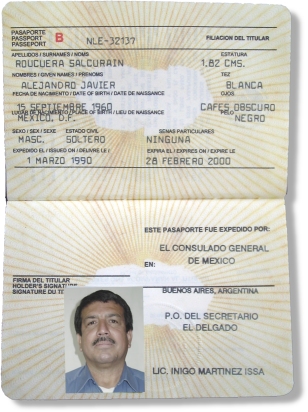

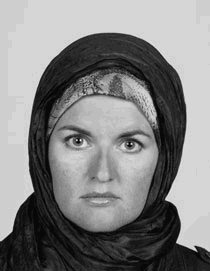
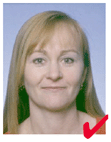 Sweden permits citizens of many countries, epically those of the European Union, to enter the country without a visa or obtain a visa on arrival. However, since the rules on these are very strict, it is better to check with the embassy to know your eligibility and also the visa fees which vary form country to country.
Sweden permits citizens of many countries, epically those of the European Union, to enter the country without a visa or obtain a visa on arrival. However, since the rules on these are very strict, it is better to check with the embassy to know your eligibility and also the visa fees which vary form country to country.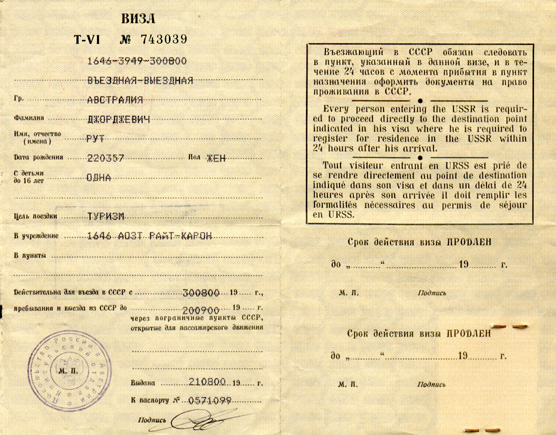
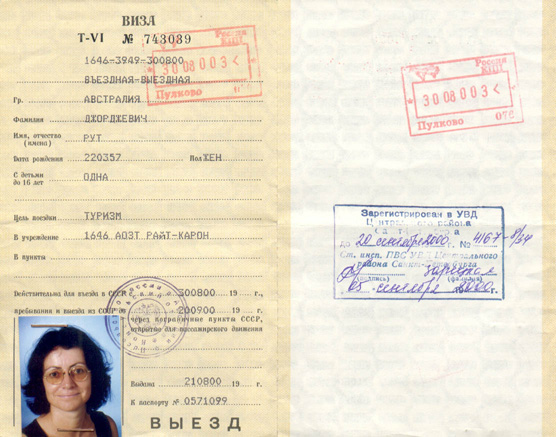
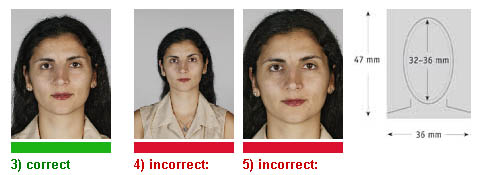

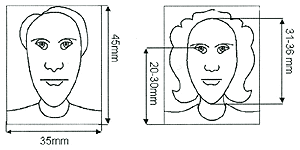
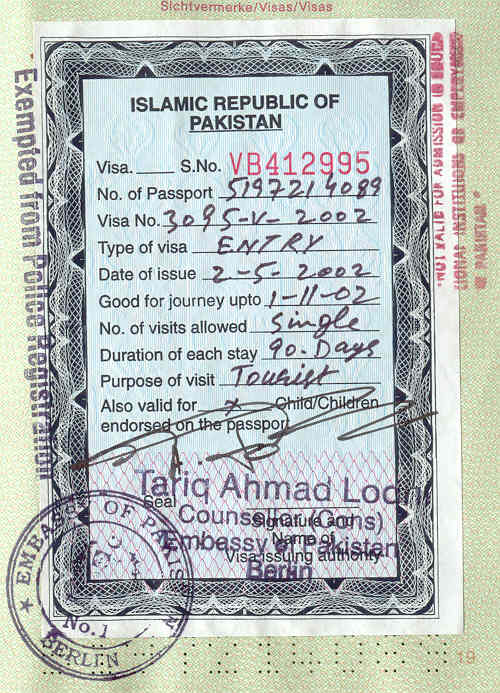 Pakistan exempts people from certain countries from requiring a visa. On the other hand, there are restrictions on entry into the country for certain categories of people, especially if they in the case of certain nationalities if they have been found to have travelled to India within a short time of their Pakistan visit. Your best option will be to contact your nearest Pakistan Embassy or Consulate and ask them about any restriction that may apply in your case.
Pakistan exempts people from certain countries from requiring a visa. On the other hand, there are restrictions on entry into the country for certain categories of people, especially if they in the case of certain nationalities if they have been found to have travelled to India within a short time of their Pakistan visit. Your best option will be to contact your nearest Pakistan Embassy or Consulate and ask them about any restriction that may apply in your case.
 There are both tourist and business visas available for visiting India. The tourist visas are fairly easy to obtain. All you need is a passport with at least six months validity left and a confirmed round trip ticket. Business visas too are easy to obtain but may require the submission of more details about the nature of the business the visit is for. India does not bar the entry of people form any country, although in the case of certain countries where there are diplomatic or security concerns, some special requirements may exist. Contacting the Indian Embassy to check on any special requirements (unlikely though it may be) and the visa fees is a good idea.
There are both tourist and business visas available for visiting India. The tourist visas are fairly easy to obtain. All you need is a passport with at least six months validity left and a confirmed round trip ticket. Business visas too are easy to obtain but may require the submission of more details about the nature of the business the visit is for. India does not bar the entry of people form any country, although in the case of certain countries where there are diplomatic or security concerns, some special requirements may exist. Contacting the Indian Embassy to check on any special requirements (unlikely though it may be) and the visa fees is a good idea.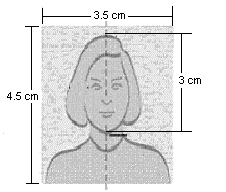
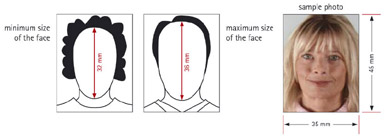
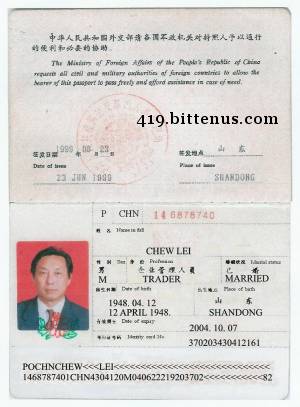
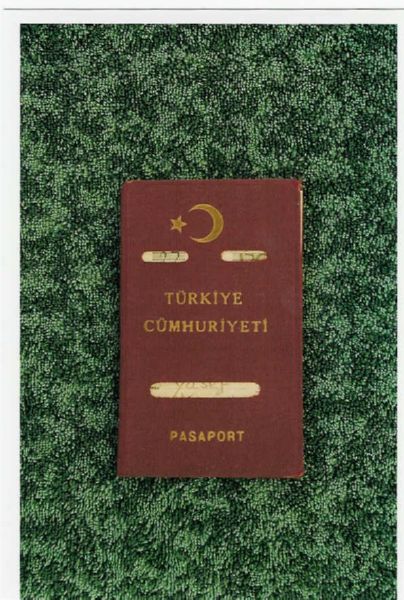
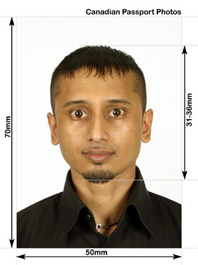 The
The 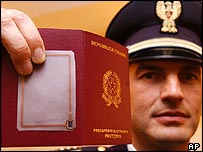
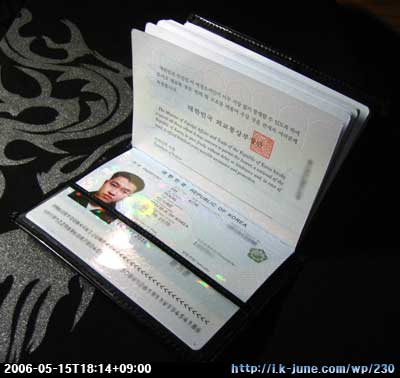

 ]
]